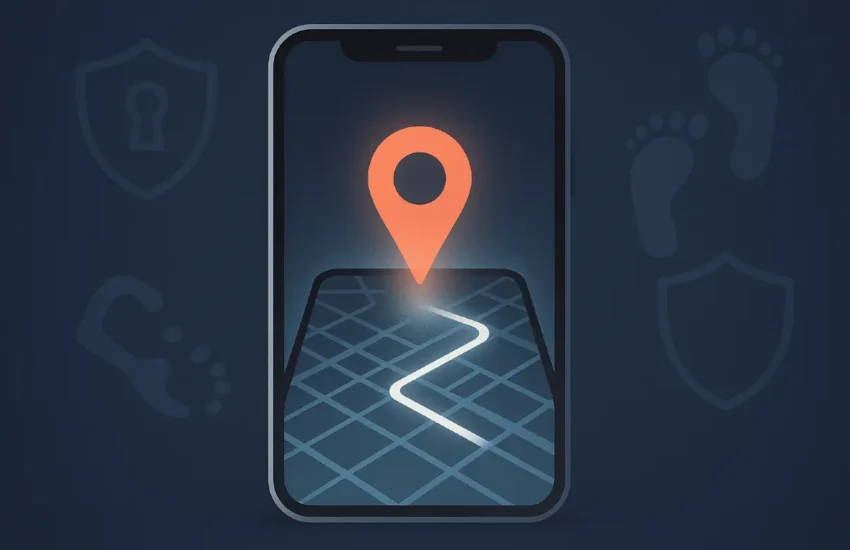10 Proven Marketing Strategies to Skyrocket Your Retail Tech Business Sales
In today’s fast-paced digital landscape, retail tech businesses face tough competition. Growing sales and maintaining a steady flow of customers can feel like an uphill battle. However, with the right marketing strategies, you can effectively position your brand for success. This blog outlines ten proven marketing tactics to boost sales and help your retail tech business thrive.

1. Leverage Data-Driven Marketing
Data is one of a business’s most valuable assets. In retail tech, leveraging customer data allows you to create targeted and personalized marketing campaigns. You can tailor your messaging to resonate with specific audience segments by analyzing customer behavior, purchase patterns, and preferences.
Gather and interpret data using tools like Google Analytics, customer relationship management (CRM) software, and e-commerce tracking platforms. This insight helps you offer the right products at the right time to the right people. Personalized marketing increases customer satisfaction and, in turn, boosts sales.
2. Implement Omni-Channel Marketing
In today’s world, consumers interact with brands across multiple platforms, whether on mobile devices, desktop computers, or in-store. Omni-channel marketing ensures that your customers have a consistent experience, no matter how they engage with your brand.
To succeed with omnichannel marketing, ensure your branding, messaging, and promotions are cohesive across all platforms. This might include syncing your in-store promotions with online deals or using consistent social media messaging alongside email marketing. The goal is to create a seamless journey for your customer from one channel to the next, ultimately leading to higher sales.
3. Public Relations (PR) to Build Credibility
PR is an often overlooked yet vital component of a successful marketing strategy. Public relations help establish your retail tech business as a credible and authoritative player in the industry. By leveraging retail technology PR, you can focus specifically on gaining visibility in the tech-focused retail market, building trust with potential customers, and positioning your brand in front of key industry stakeholders.
Craft press releases for product launches, milestones, or industry insights and send them to relevant media outlets. Engaging with journalists and bloggers in your niche can lead to feature articles, interviews, and thought leadership pieces. Ultimately, retail technology PR can help you build relationships and position your brand as a leader in the retail tech space.
4. Utilize Search Engine Optimization (SEO)
Search engine optimization is crucial for getting your business noticed online. With the right SEO strategies, your retail tech business can climb higher in search engine results, increasing visibility and attracting more organic traffic.
Optimize product descriptions, blog content, and metadata for relevant keywords. Use long-tail keywords specific to your products or services, and don’t forget about local SEO if you have a physical presence. The more visible your site is on search engines, the more likely customers will find you—and make a purchase.
5. Invest in Paid Advertising
Paid advertising, such as Google Ads or social media ads (including working with a Youtube TV ad agency), drives traffic to your retail tech business. While SEO brings organic results over time, paid ads can deliver immediate results, helping you reach a broader audience quickly.
Create compelling ad copy and eye-catching visuals to maximize the return on investment (ROI). Experiment with different ad formats and test various audiences. Paid advertising lets you target your ideal customer based on their demographics, interests, and online behavior. With a well-structured campaign, you can drive conversions and boost sales efficiently.
6. Optimize Your E-commerce Website
A well-optimized website is essential for converting visitors into customers. If your site is slow, difficult to navigate, or unresponsive on mobile devices, potential customers will leave before completing their purchase.
Make sure your website is user-friendly and mobile-responsive. Simplify the checkout process to reduce cart abandonment and optimize product pages with high-quality images, clear descriptions, and customer reviews. You can also use A/B testing to refine specific elements of your site, such as call-to-action buttons or layout designs, to maximize conversions.
7. Harness the Power of Email Marketing
Email marketing continues to be one of the most effective channels for driving sales. It allows you to communicate directly with your customers, providing them with personalized content, promotions, and product recommendations.
To get the most out of email marketing, segment your email list based on customer behavior, such as past purchases or browsing history. This ensures that the emails you send are relevant and targeted. Automated campaigns, like welcome series or abandoned cart recovery emails, can further nurture leads and drive conversions.
8. Boost Customer Engagement with Social Media
Social media is a powerful sales tool and a platform for brand awareness. To increase engagement, create content that resonates with your target audience. This might include behind-the-scenes videos, customer testimonials, or user-generated content.
Engagement is key. Encourage your followers to comment, share, and participate in discussions. Social proof, such as favorable reviews or influencer collaborations, can also build trust and inspire new customers to purchase. The more your audience engages with your brand, the more likely they will convert into paying customers.
9. Capitalize on Influencer Marketing
Influencer marketing has become a popular and effective way to reach new audiences, particularly in the retail tech industry. Partnering with influencers allows you to tap into their established communities and gain credibility with their followers.
When choosing influencers, look for individuals who align with your brand values and have a strong presence in your niche. Whether it’s a product review, tutorial, or giveaway, ensure the content feels authentic and provides value to its audience. A well-executed influencer campaign can drive traffic, boost brand visibility, and increase sales.
10. Offer Exceptional Customer Service and Loyalty Programs
Excellent customer service goes a long way in retaining customers and driving repeat business. Happy customers are more likely to return and recommend your company to others.
Implement a loyalty program to reward repeat customers with points, discounts, or exclusive offers. This will not only encourage repeat purchases but also strengthen customer loyalty. Responding quickly to customer inquiries, resolving issues, and providing a seamless shopping experience are all part of building a loyal customer base to drive long-term sales growth.
Conclusion
Successfully marketing a retail tech business requires a multifaceted approach. By leveraging data, optimizing your online presence, and engaging with customers through social media and PR, you can create a strong foundation for growth.
Start by implementing these ten proven strategies, and watch your sales skyrocket. Adapt these tactics to your unique business needs, and remember that consistency and innovation are key to long-term success.


